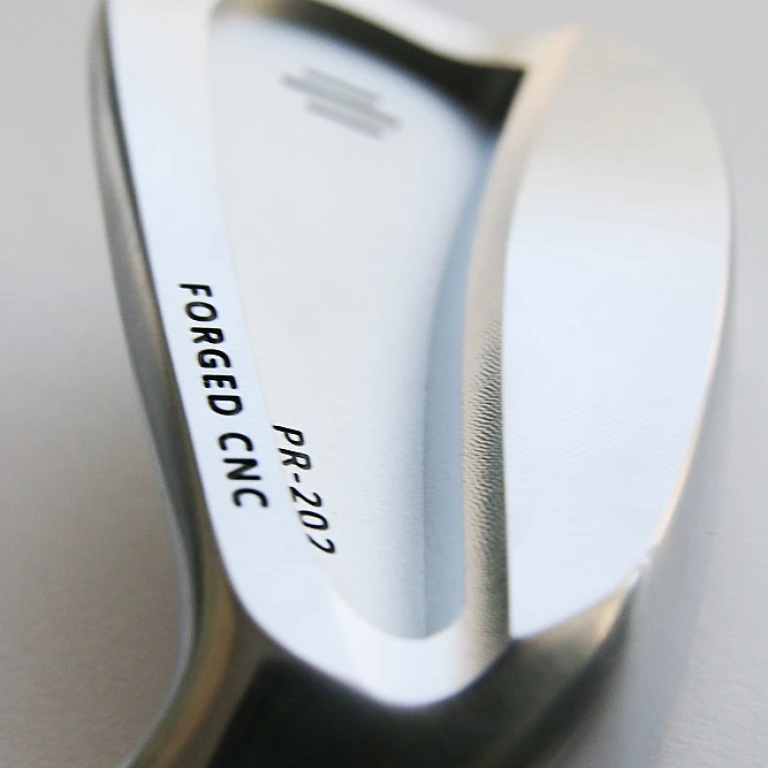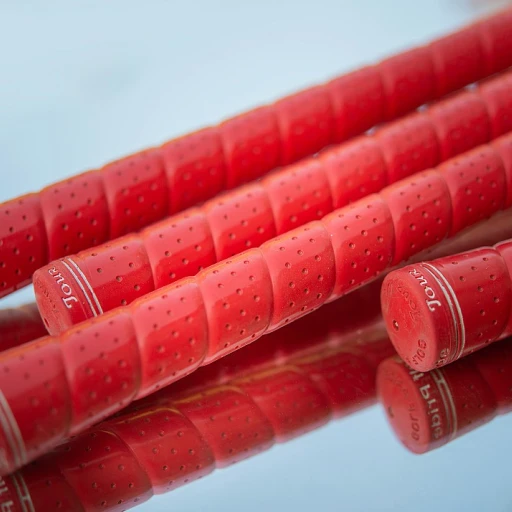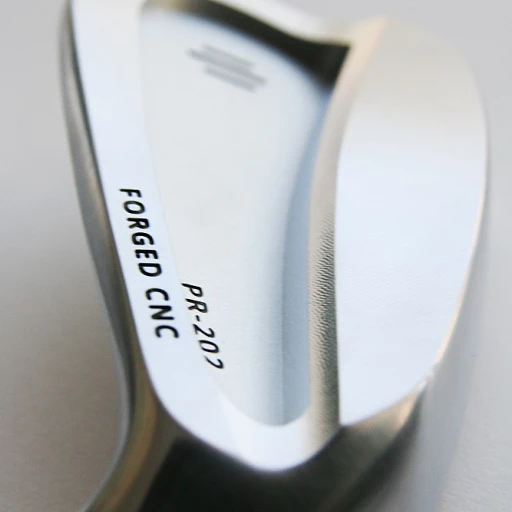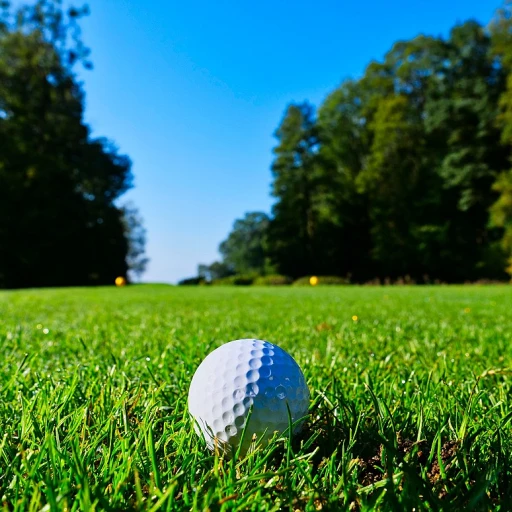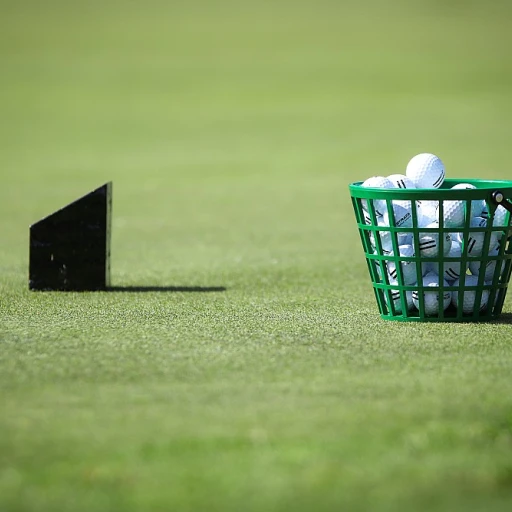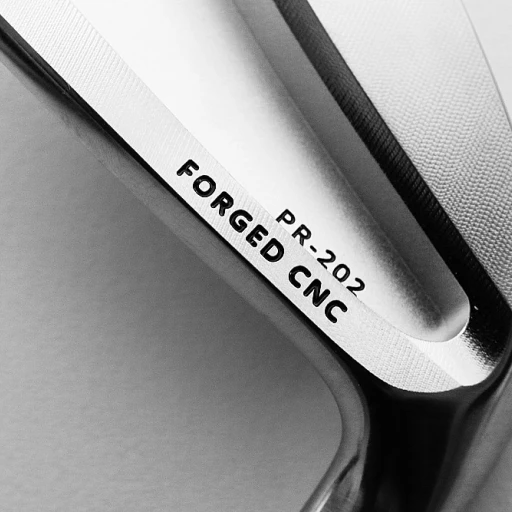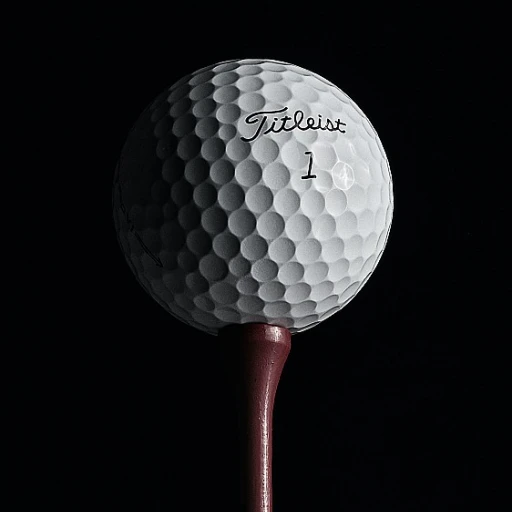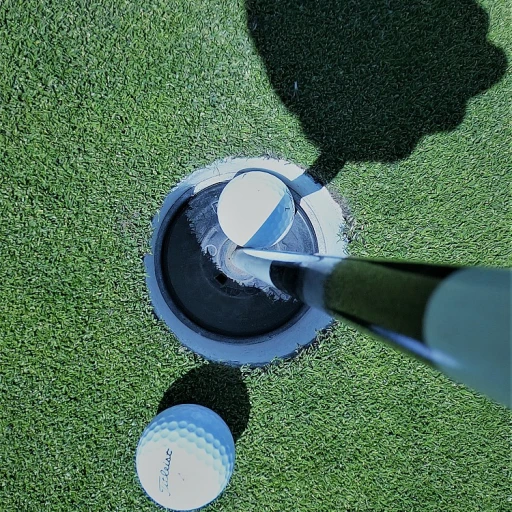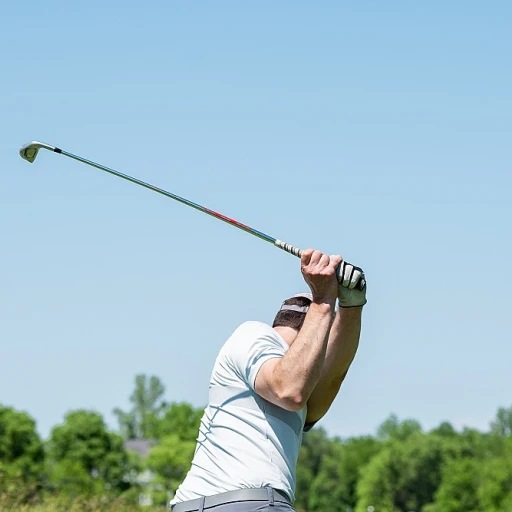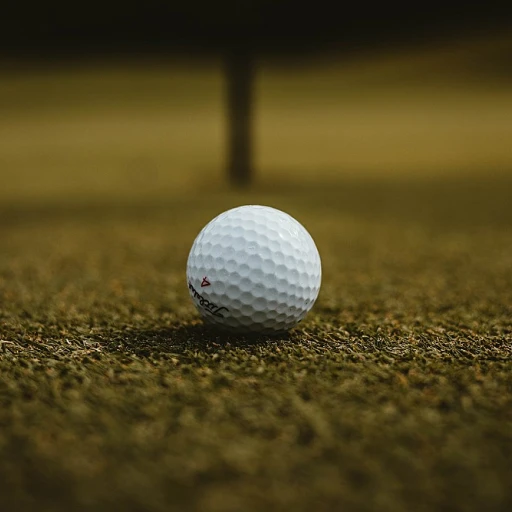
Understanding the Basics of Blade and Mallet Putters
Delving into Putters: The Fundamentals
When it comes to refining your putting skills, selecting the right putter is a crucial decision for any golf enthusiast. Within the realm of putters, the two main categories you will encounter are the blade and the mallet, each offering distinct advantages and characteristics that can cater to different styles of play.
Blade putters are often favored for their classic design and are preferred by golfers who favor a putting stroke with an arc. The traditional blade putter is characterized by a smaller head, appealing to those who seek a more delicate feel in their stroke. This "old-school" design allows for greater precision on the greens, offering nuanced control over the ball's path. Best suited for players with a strong arc stroke, blade putters tend to offer a higher degree of toe hang, enhancing the ability to square the face accurately during the stroke.
On the other hand, mallet putters have gained popularity due to their forgiving design. Featuring a larger and more elaborate head, mallet putters are crafted to provide a higher degree of stability and balance. Their weight distribution permits even more consistency, especially for golfers with a straight back-and-through putting style. The face-balanced design of many mallet putters aids in keeping the putter head on a straight path, which can lead to improved alignment and reduced errors. Opting for a mallet can be highly beneficial for those who value the enhanced stability and smoother stroke.
The choice between blade and mallet putters can significantly impact a golfer's performance on the green, with these putter styles offering varying levels of stability, alignment aides, and feel. Understanding these basics will guide you in selecting the best style that suits your stroke technique. For those exploring intermediate-level golf equipment, it may be helpful to refer to resources on elevating your game with the finest golf sets.
Performance on the Green: Blade vs. Mallet
Performance Dynamics on the Green
When it comes to performance on the green, both blade and mallet putters offer distinct advantages that suit different putting styles. The putter head plays a crucial role in the stroke, particularly in terms of weight distribution and alignment, which can greatly affect a golfer's success during a round of golf.
Blade putters, with their classic design and sleek shape, generally cater to golfers with an arc stroke. These putters often feature a toe hang, meaning the toe of the putter dips downward. This design characteristic allows players who have an inside-to-inside putting arc to experience a natural, balanced feel during their stroke, which can be essential for maintaining accuracy and consistency.
On the other hand, mallet putters are renowned for their enhanced stability. They often feature a larger club head and are typically face balanced, which is beneficial for golfers who employ a straight stroke. This design helps keep the putter face square to the target line through impact, offering increased forgiveness and control, especially on longer putts.
The weight of a putter can influence both balance and feel. While mid mallet putters and their counterparts offer diverse options, the ultimate choice boils down to how a putter feels in a golfer's hands. Finding the sweet spot and ensuring it complements one’s stroke style can make a significant difference in performance.
To elevate your putting game, selecting the right putter involves a careful assessment of your stroke dynamics and personal preferences. For those looking to refine their overall golf skills and equipment choices, consider exploring the finest golf sets for intermediate players to further enhance your experience on the course.
Aesthetic Appeal and Customization Options
Visual Appeal and Personalization in Luxury Putters
When it comes to luxury golf products, the aesthetic appeal of your putter can be just as important as its performance. Both blade and mallet putters offer distinct visual styles that cater to different tastes and preferences. Blade putters often feature a classic, streamlined design that appeals to traditionalists who appreciate a minimalist look. On the other hand, mallet putters are known for their larger, more modern designs, which can include intricate patterns and bold colors.
Customization options are abundant in the luxury putter market, allowing golfers to tailor their equipment to their personal style and preferences. From the finish of the putter head to the grip and shaft, every aspect can be personalized. Some brands even offer bespoke services where golfers can design their putter from scratch, ensuring a unique piece that reflects their personality.
Moreover, the choice between a blade and a mallet putter can also influence the perceived balance and weight distribution, which are crucial for achieving the best putting stroke. A blade style putter might offer a more traditional feel, while a mallet putter could provide enhanced stability and alignment features.
For those who value both performance and style, investing in a luxury putter can elevate your game and your presence on the green. To explore more ways to elevate your game, consider how your equipment reflects your personal brand on the course.
Technological Innovations in Luxury Putters
Innovative Features in Modern Putter Design
Luxury putters are at the forefront of technological advancements in golf, offering sophisticated designs and features that significantly improve performance on the green. Both blade and mallet putters have seen remarkable innovations that enhance their stability, balance, and feel. The introduction of advanced materials in the construction of putter heads has been a game-changer. High-density alloys and composite materials provide optimal weight distribution, ensuring that each stroke feels balanced and smooth. These materials work in tandem with the putter's design to create a larger sweet spot, which is crucial for consistent performance. For golfers who prefer a mallet putter, the innovative weight distribution offers unmatched stability, aiding those with a straight putting stroke. Many modern putters now come with adjustable weighting systems. This allows golfers to fine-tune the putter's balance to suit their preferred stroke style, whether it's an arc stroke or straight. This customization can be particularly beneficial for players struggling with alignment and consistency. Blade putters, known for their toe hang, benefit greatly from this feature, as it enhances their classic feel while offering more control in each stroke. Face technology in luxury putters has also evolved. Many putters are equipped with precision-milled faces or insert technology that provides a soft feel and consistent roll. This is especially advantageous for golfers who prioritize feel and feedback, allowing them to ensure the club head is aligned perfectly with their target. Additionally, the integration of alignment aids, such as sight lines or contrasting colors, has helped many golfers improve their aim and precision. For those who favor a blade style putter, these subtle design elements can make a significant difference in achieving the best possible results on the green. When choosing between a blade or mallet putter, it's essential to consider how these technological innovations can enhance your game. Each putter style offers its unique benefits, and the most suitable choice will depend on your specific needs and preferences. With the advancements in modern putter design, every golfer can find a putter that not only matches their stroke style but also elevates their overall golf experience.Price Considerations and Value for Money
Budget and Quality: Understanding Your Investment
When it comes to luxury putters, the balance between price and value is crucial. Both blade and mallet putters come with a wide range of price points, largely influenced by the craftsmanship, materials, and technology involved. Investing in a high-quality putter can be a game-changer for golfers aiming for precision in their putting stroke.- Blade Putters: These often appeal to traditionalists due to their classic design and simplicity. The cost can vary significantly based on the materials used. Premium options usually employ high-grade steels or special coatings that enhance durability and feel. However, avid golfers may find that higher-end blade putters provide enhanced feedback and control on the greens, making them a worthwhile investment despite the premium price tag.
- Mallet Putters: These tend to be equipped with more advanced technology affecting factors such as alignment, face balance, and weight distribution. The weighty club head in mallet putters can aid golfers who prefer a more face-balanced stroke. Consequently, they might come at a higher cost due to the intricate designs and materials used to optimize these features.

